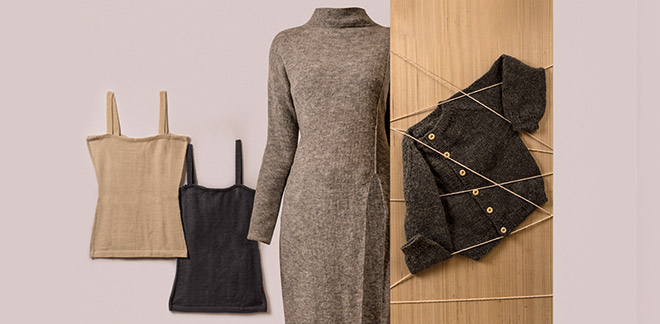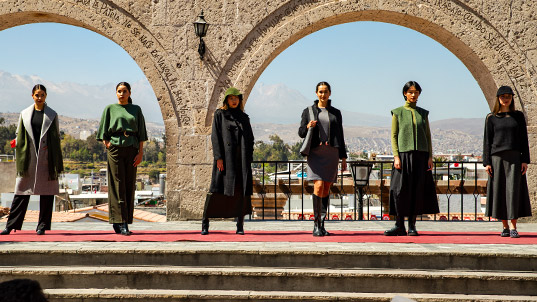Notas
Millennial Legacy
Friday, 14 de June de 2024Why Huacaya alpaca fiber is so sought-after worldwide?
Softness, warmth, and durability are three of the most outstanding qualities of this alpaca fiber.
With its soft coat and gentle temperament, the Huacaya alpaca has been a cherished companion of Andean communities for centuries, offering not only sustenance but also a highly prized and versatile fiber.
This species bred by Andean cultures for thousands of years, produces exceptionally high-quality, soft fiber that is highly valued in the textile industry worldwide.
The Huacaya breed has short, curly fiber and a fluffy, abundant fleece that covers its entire body. In contrast, the Suri breed features long, straight fibers that form fine, angular locks, with the fleece draping down both sides of its body.
With over 5 million alpacas, including both Suri and Huacaya breeds, Peru is the world’s top producer of alpaca fiber. According to the Ministry of Agrarian Development and Irrigation (MIDAGRI), Peru is home to 80 % of the global alpaca population.
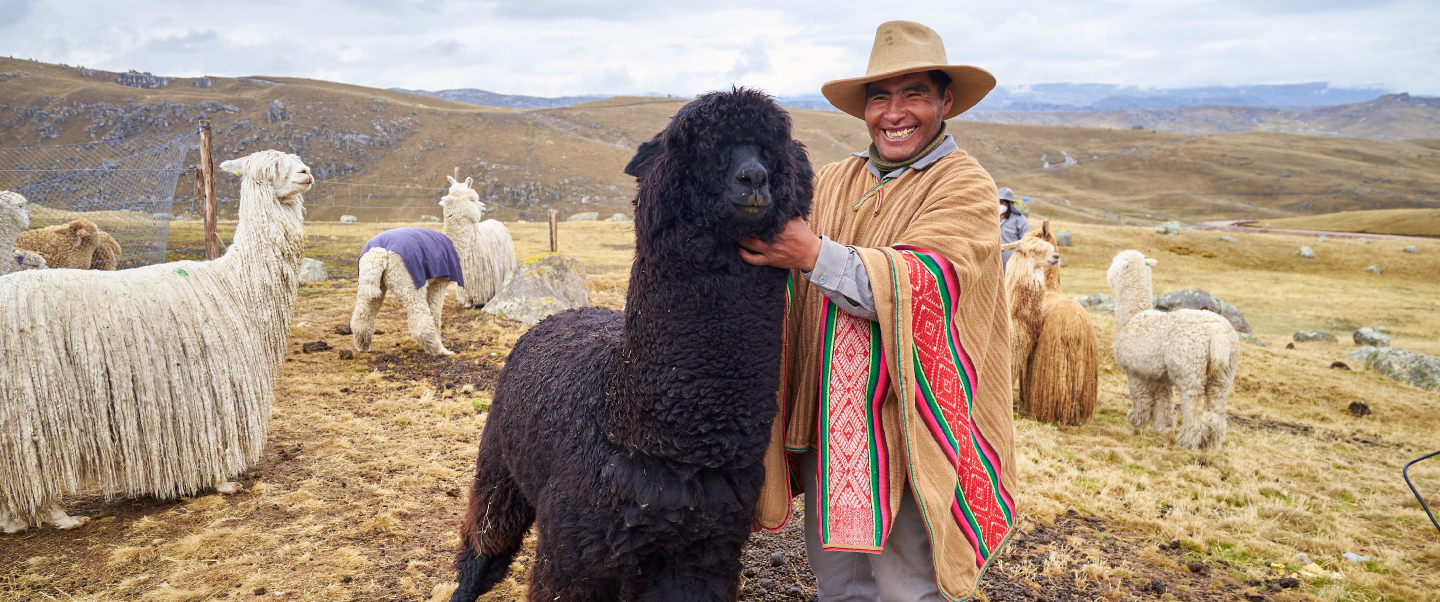
Photography: Pioneros Cine
SOFT AND LIGHT
Huacaya alpaca fiber is highly valued for its softness, excellent heat retention, and remarkable durability. Unlike sheep’s wool, alpaca fiber is lighter and free from lanolin (a natural fat produced by sebaceous glands), making it hypoallergenic and ideal for those with sensitive skin.
Moreover, its unique design ensures excellent breathability, keeping the wearer warm in the cold and cool in the heat—truly remarkable!
The versatility of Huacaya alpaca fiber makes it highly sought after in fashion and textile design. Whether it is used for elegant coats and sweaters or accessories like scarves and gloves, this material is perfect for a wide range of today’s popular garments and accessories.
On the other hand, its ability to adapt to a wide range of natural colors and shades, from pure white to deep black, provides designers and craftsmen with a rich and diverse palette to explore.
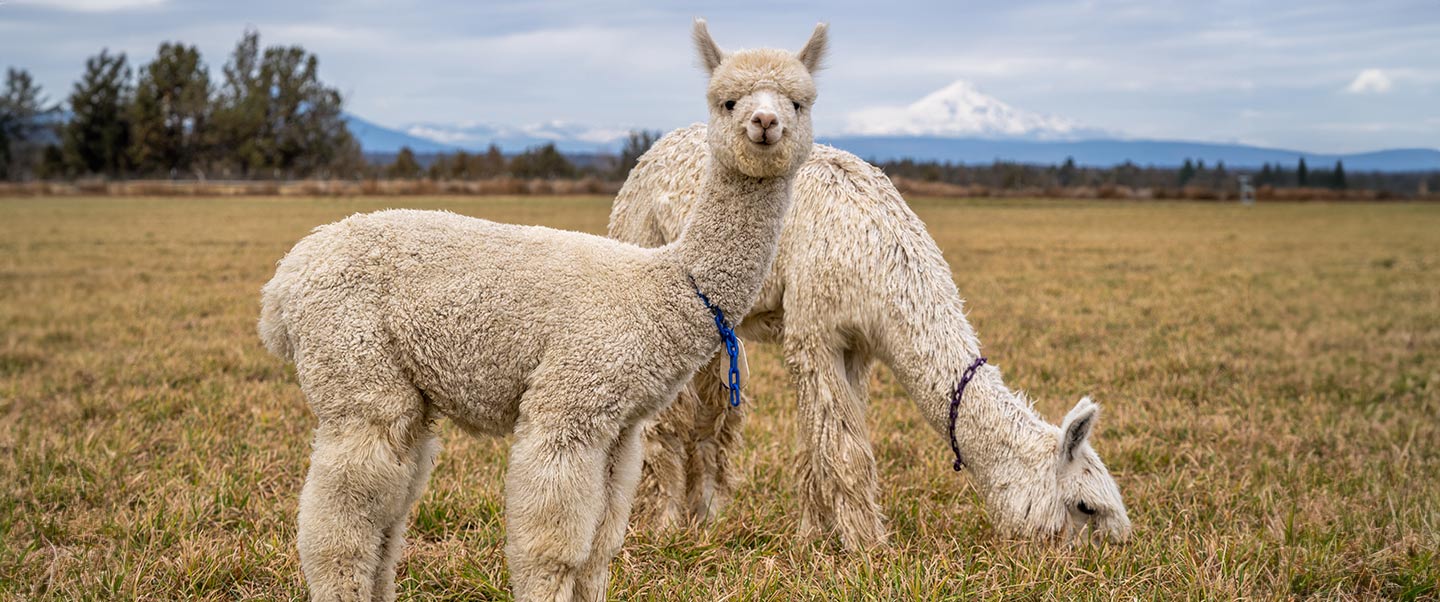
Photography: Shutterstock
RESISTANT TO EXTREME TEMPERATURES
The Journal of Veterinary Research of Peru from the Universidad Nacional Mayor de San Marcos (National University of San Marcos) reported that Suri alpacas are less resistant to cold temperatures and high altitudes. In contrast, Huacaya alpacas are better adapted to handle these challenging environments and the climate variations found in the region.
Why is that? Well, the Suri alpaca does not have fleece covering its back because of its unique fibers. For this reason, this breed is present in places with moderate temperatures like the Puna region, and in specific provinces such as Carabaya, Melgar, Lampa, and San Roman in Puno, as well as Sicuani in Cusco.
THINGS YOU NEED TO KNOW
National Alpaca Day falls on August 1 in Peru. The prime alpaca fiber hubs include Puno, Cusco, Arequipa, Ayacucho, Huancavelica, Apurimac, Pasco, Moquegua, Tacna, and Junin. These regions are primarily situated at altitudes exceeding 3800 meters above sea level.
The United Nations General Assembly has declared 2024 as the "International Year of Camelids." This designation aims to shine a light on the crucial economic, social, dietary, and cultural roles that alpacas, llamas, vicuñas, and other camelids play within their respective communities.
The Huacaya alpaca stands as a symbol of tradition and sustainability in every aspect. Its fiber has gained global recognition for its outstanding quality and still fascinates designers, craftsmen, and fashion enthusiasts. It preserves an ancient legacy that remains vibrant through the ages.
Thumbnail credits: Pioneros Cine
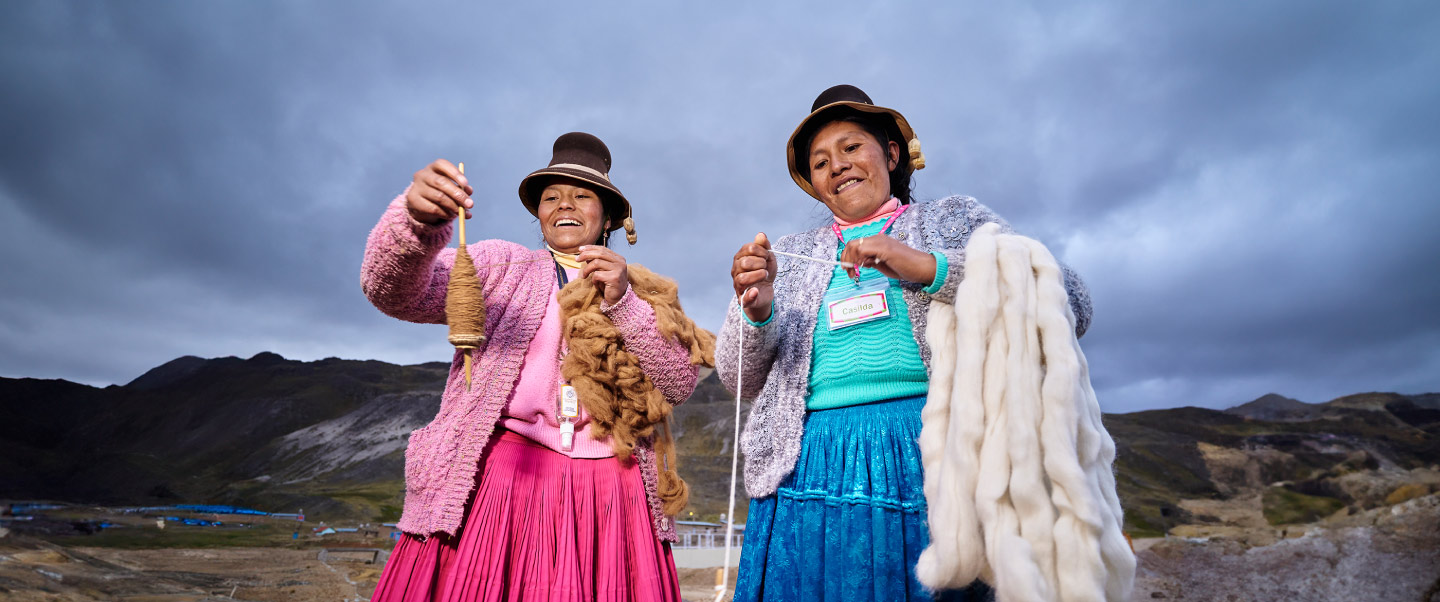
.jpg)
